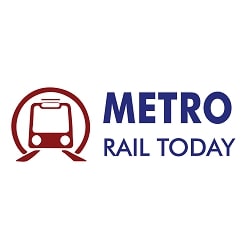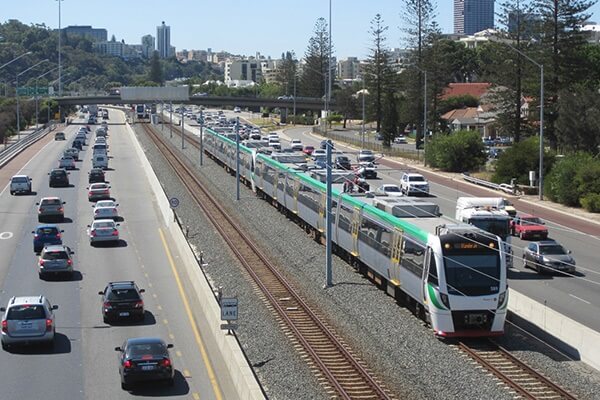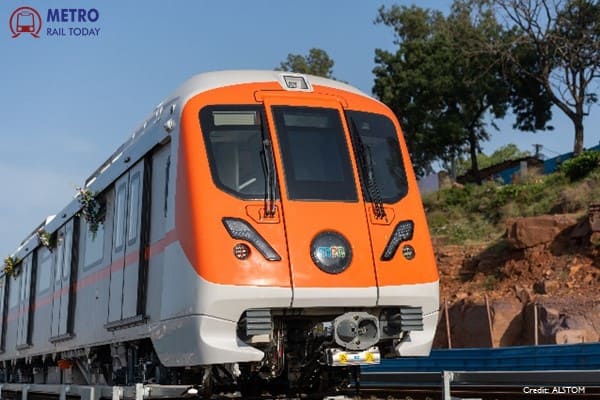 Bhopal Metro launch delayed as CMRS Inspection awaits New Appointment
Bhopal Metro launch delayed as CMRS Inspection awaits New Appointment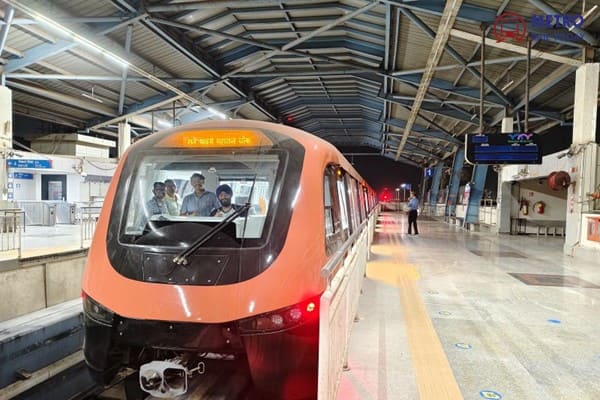 New Mumbai Monorail Rake by Medha Servo Drives damaged during System Test
New Mumbai Monorail Rake by Medha Servo Drives damaged during System Test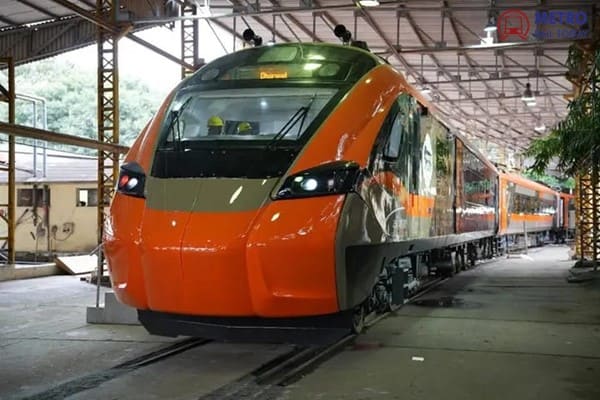 Launch of Vande Bharat Sleeper Trains delayed as Railways flags furnishing and safety concerns
Launch of Vande Bharat Sleeper Trains delayed as Railways flags furnishing and safety concerns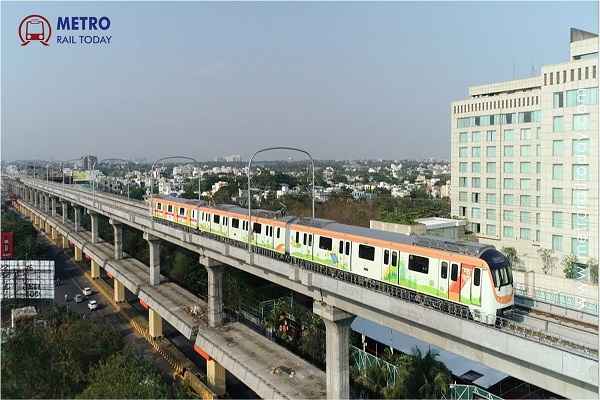 Three firms bid for Automatic Fare Collection System Contract for Nagpur Metro Phase 2
Three firms bid for Automatic Fare Collection System Contract for Nagpur Metro Phase 2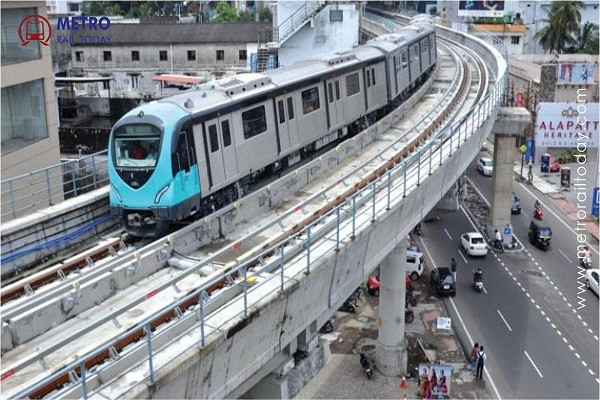 Three Firms shortlisted for Third Rail Electrification Contract of Kochi Metro Phase 2
Three Firms shortlisted for Third Rail Electrification Contract of Kochi Metro Phase 2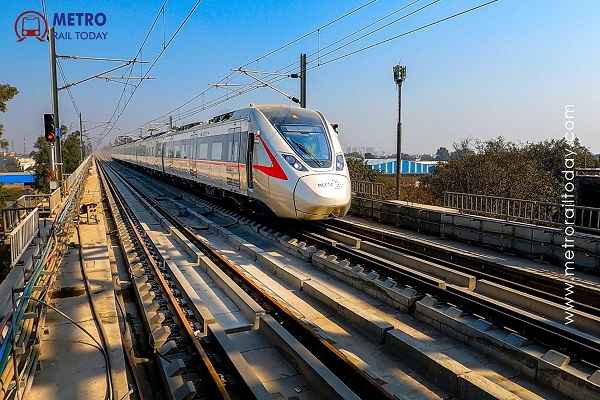 Construction for Delhi-Gurugram-Alwar Namo Bharat RRTS Corridor likely to begin in August 2026
Construction for Delhi-Gurugram-Alwar Namo Bharat RRTS Corridor likely to begin in August 2026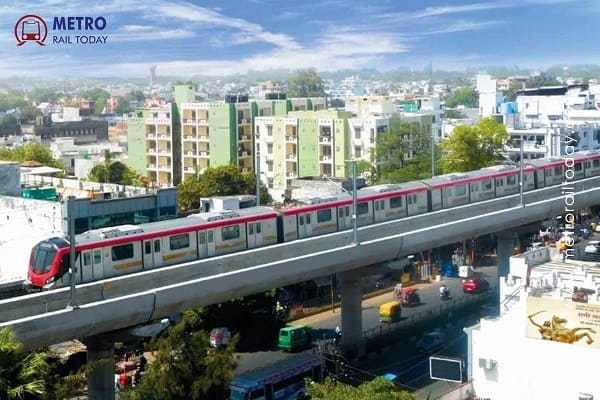 Two firms compete for Detailed Design Consultancy Contract of Lucknow Metro Line 2
Two firms compete for Detailed Design Consultancy Contract of Lucknow Metro Line 2 First tender launched for 240 km Amritsar–Jammu High-Speed Bullet Train Corridor
First tender launched for 240 km Amritsar–Jammu High-Speed Bullet Train Corridor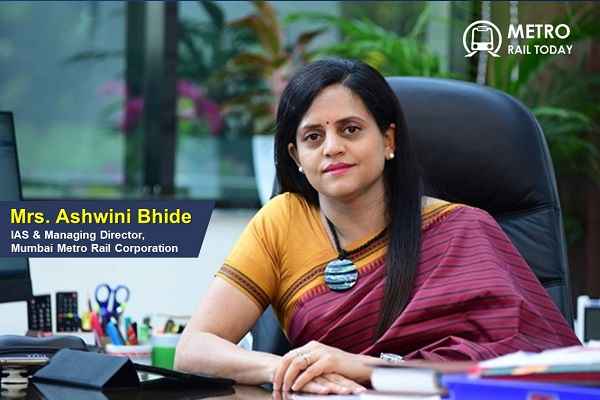 How Ashwini Bhide’s vision shaped Mumbai Metro Line 3 and redefined Urban Mobility?
How Ashwini Bhide’s vision shaped Mumbai Metro Line 3 and redefined Urban Mobility?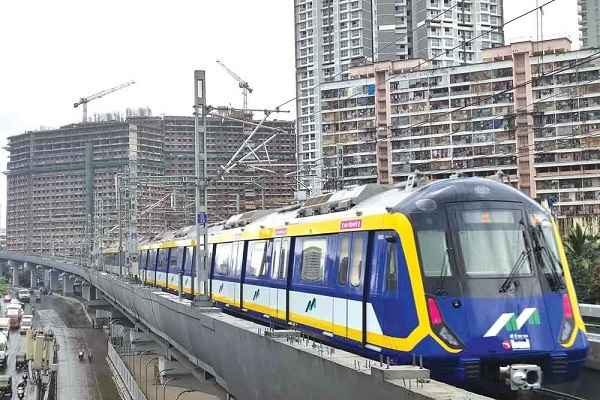 Titagarh Rail Systems Bags ₹2,481 Crore Rolling Stock Contract for Mumbai Metro Line 5
Titagarh Rail Systems Bags ₹2,481 Crore Rolling Stock Contract for Mumbai Metro Line 5
UP Govt plans orbital rail corridor to connect Ghaziabad, Baghpat, Noida and Greater Noida
GDA appointed as Nodal Agency for Orbital Rail Projects in Uttar Pradesh
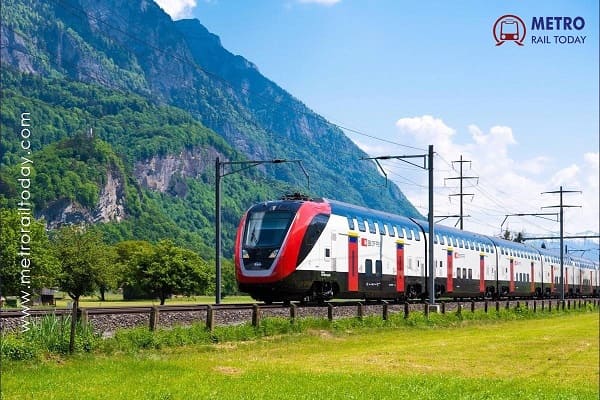
Lucknow, India (Metro Rail Today): In a significant development aimed at enhancing connectivity and boosting economic activity in the National Capital Region (NCR), the Uttar Pradesh (UP) government has designated the Ghaziabad Development Authority (GDA) as the nodal agency for the proposed Orbital Rail Project. This initiative is a key component of the NCR Planning Board’s strategic plan for 2041, which envisions a comprehensive transportation network to support regional growth and development.
Project Overview and Significance
The Orbital Rail Project is set to revolutionize transportation in the NCR by creating a new railway corridor that will seamlessly link various NCR cities. The proposed rail network is designed to intersect with the rapid rail corridor near Duhai, facilitating efficient movement of both passengers and freight across the region. The corridor will extend over 270 kilometers, with approximately 90 kilometers running through Uttar Pradesh, encompassing key urban centers such as Ghaziabad, Baghpat, Noida, and Greater Noida.
Unlike the Eastern and Western Peripheral Expressways, which are access-controlled and bypass several local areas, the orbital rail will feature stations every 5 kilometers. This design ensures that the rail network will cater to regions that the expressways do not serve, thereby improving connectivity in both UP and Haryana. The orbital rail aims to integrate multi-modal transportation solutions, connecting seamlessly with existing and future rail infrastructure to support the growing logistics and passenger traffic in the NCR.
GDA’s Role and Progress
The Ghaziabad Development Authority has been entrusted with the critical task of coordinating with the Haryana Rail Infrastructure Development Corporation (HRIDC) to develop a feasibility report for the project. An official from GDA revealed that an initial payment of approximately ₹10 lakh has already been made to HRIDC, with the detailed feasibility report anticipated within the next six months. This report will be instrumental in shaping the project's development and execution phases.
In May, a high-level meeting was convened by Meerut Divisional Commissioner Selva Kumari, bringing together key stakeholders, including the NCR Planning Cell, Uttar Pradesh State Industrial Development Authority (UPSIDA), Uttar Pradesh State Road Transport Corporation (UPSRTC), and GDA. The meeting was focused on accelerating the project’s progress and ensuring that all participating entities are aligned in their objectives.
Strategic Impact and Future Projections
The Orbital Rail Project is expected to have a profound impact on the region's logistics and transportation landscape. By creating a dedicated freight corridor connected to the existing Dadri freight corridor, the orbital rail will bolster the region's status as a logistics hub. The integration of multiple transportation modes will enhance the efficiency of both passenger and cargo movement, supporting regional economic growth.
Officials have emphasized that the project aligns with the broader vision of multi-modal integration, which is central to the development of the NCR. The orbital rail will not only enhance connectivity between major urban centers but also stimulate economic activity by improving access to key industrial and commercial zones.
Looking ahead, the NCR Planning Board's 2041 regional plan envisions the emergence of five major urban clusters — Gurgaon-Manesar, Faridabad-Ballabgarh, Meerut, Ghaziabad, and Noida-Greater Noida-Kasna — as mega cities by 2032. The successful implementation of the orbital rail will play a pivotal role in realizing this vision, ensuring that these urban areas are well-connected and equipped to handle future growth.
The appointment of GDA as the nodal agency for the Orbital Rail Project marks a significant step forward in enhancing the transportation infrastructure of the NCR. With a focus on integrating multi-modal solutions and boosting regional connectivity, the project is set to transform the logistics and passenger transport landscape. As work progresses, the collaboration between GDA, HRIDC, and other stakeholders will be crucial in ensuring the successful realization of this ambitious initiative, ultimately supporting the region’s economic development and urban expansion goals.




